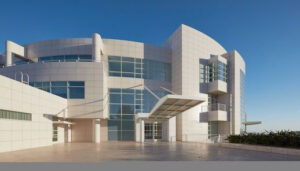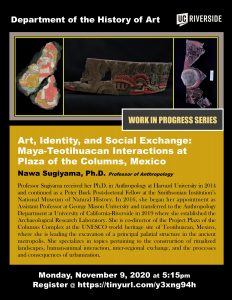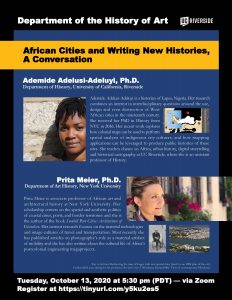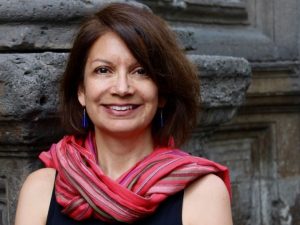Congratulations to Molly Bond who will present her research at the 2022 Getty Graduate Symposium
 Getty Research Institute hosts the fourth annual Getty Graduate Symposium, showcasing the work of emerging scholars from art history graduate programs across California. Organized into three sessions over the course of one day, the symposium includes nine individual presentations, panel discussions moderated by faculty mentors, and Q&A sessions with the audience.
Getty Research Institute hosts the fourth annual Getty Graduate Symposium, showcasing the work of emerging scholars from art history graduate programs across California. Organized into three sessions over the course of one day, the symposium includes nine individual presentations, panel discussions moderated by faculty mentors, and Q&A sessions with the audience.
Saturday, February 5, 2022
9:45am- 6:00pm
This a hybrid event that takes place both in-person and online.
For more registration information visit: https://gty.art/31CS0Pc

 Dr. Jeanette Kohl
Dr. Jeanette Kohl Nawa Sugiyama, Ph.D.
Nawa Sugiyama, Ph.D.

 Cynthia Neri Lewis, Ph.D Candidate in UC Riverside’s Department of the History of Art, was selected as an emerging student to present her research at the second annual Getty Graduate Symposium. The symposium will be held Saturday, Feb. 1, 2020, at the J. Paul Getty Museum in Los Angeles.
Cynthia Neri Lewis, Ph.D Candidate in UC Riverside’s Department of the History of Art, was selected as an emerging student to present her research at the second annual Getty Graduate Symposium. The symposium will be held Saturday, Feb. 1, 2020, at the J. Paul Getty Museum in Los Angeles.